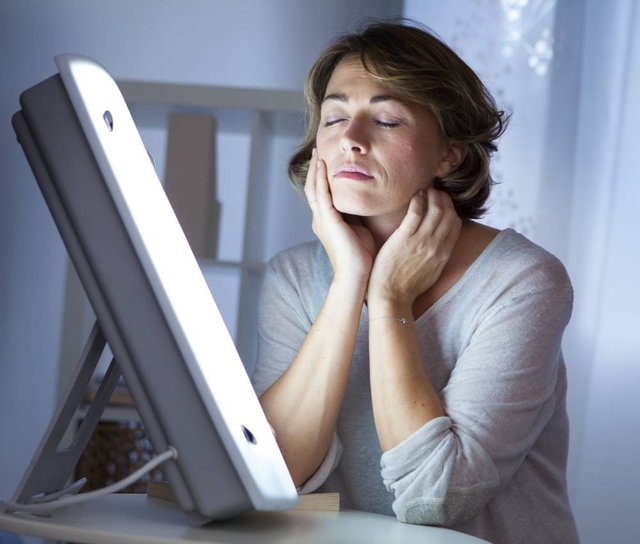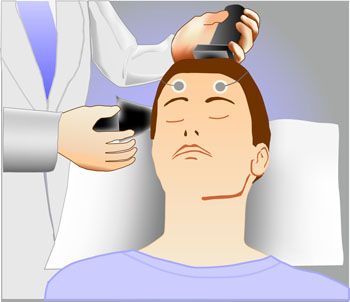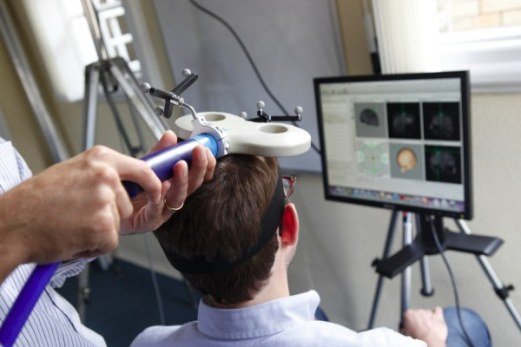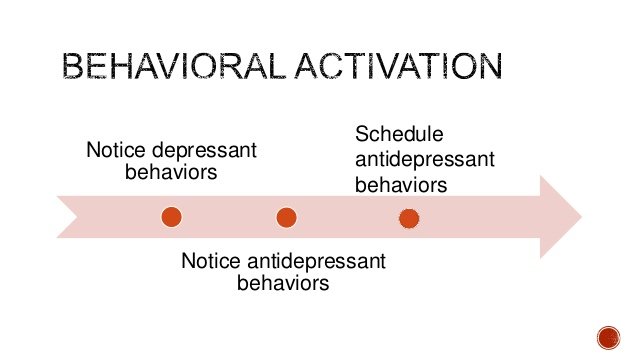.jpg)
Depression therapies aim at reducing the symptoms of the disorder that affect daily life of the
patient and preventing recurrence at the same time. Mode of treatment used depends greatly on
the characteristics or severity of the disorder. One treatment can be used alone or combined with
other therapies in order to increase the chance of success.
To treat the most resistant cases, deep brain stimulation - which involves implanting two
electrodes in the brain - is being tested. Very few patients have been treated with this technique;
its safety is still controversial. It would allow the 60% reduction of symptoms.
Here are some other alternative depression treatments.
- Healthy and Lifestyle

Eat fruits, vegetables, fish, vegetable oils and whole grains are rich in essential fatty acids,
vitamins, selenium, zinc, iron... Deficiency in these nutrients may play a role in the development
of depression symptoms. The practice of "aerobic" activity (brisk walking, jogging, biking ...), at
least five times a week, helps reduce the symptoms of mild depression. Tobacco and alcohol,
which have established a link with depression, should be avoided.
- Psychological Support
.jpg)
Sometimes counseling is essential. The types of support, individual or group, must vary
depending on the need of the depressed individual. Psychotherapy can be of support, short or
long term, or cognitive behavioral (CBT). It can also be a psychoanalytic treatment. Recently,
emerging therapies based on video games (serious games) where patients create characters for
staging. Adult Coloring books may also help.
- Relaxation
.jpg)
This practice help alleviates anxiety and can be practiced as during or after a depression. But
sometimes negative thoughts are too invasive. So it is better to appeal to a competent
professional to help you in the meditating process. You can also search Youtube for guided
medication. Beware of any form of meditation that will lead to invocation of satanic spirits.
- Meditation
.jpg)
A meditation program has been specially adapted to depression, MBCT (mindfulness-based
cognitive therapy). At a rate of 8 sessions of two hours, it would help not only to reduce severe
depression symptoms but also decrease the risk for the risk of relapse. This practice is now
integrated with patients in the hospital. A different program, the MBSR (stress reduction based
on mindfulness), can also be used to reduce stress and anxiety.
- Light Therapy

This therapy is mostly used to treat Seasonal affective disorder (SAD), also known as winter
depression. It occurs most often in winter, when sunlight is scarce. Recurrent and transient it is
nonetheless difficult to cross. To remedy this, the patient need to be exposed for about 30
minutes in the morning to the white or blue light of a lamp approved (no UV or infrared) 10 000
lux. Or simply walk by the light of day for 30 minutes also.
- Anxiolytics
.jpg)
Also called tranquilizers, stresam (Etifoxine), Valium (diazepam), Temesta (lorazepam), Xanax
(Alprazolam), they are used to fight against anxiety and stress. They belong to various chemical
families, the most famous being that of benzodiazepines. Their action is very fast - a few hours -
but associated with frequent side effects. They are also associated with significant risk of
dependency. This is why they should not be used for more than 12 weeks or without medical
supervision.
- Antidepressants
.jpg)
These are psychotropic drugs acting on mood. Most common include Paxil, Citalopram,
Seroplex, and Prozac. Thirty molecules are available. Some have a stimulating effect, other
sedative. For optimal efficiency, the treatment should last at least six months, sometimes longer,
up to one to two years. Their therapeutic effect is often done gradually. They must be involved in
psychological counseling.
- Electroconvulsive

Also called electro-convulsive therapy or ECT, it is a technique reserved for resistant and severe
depression. An electric current is administered to the patient by electrodes placed on the skull,
causing a generalized seizure. Its mode of action remains unclear but its action, almost
immediately, is recognized. It is always performed in hospital and under general anesthesia.
- Transcranial Magnetic Stimulation (STM)

This technique reserved for severe cases, uses a magnetic coil which, by acting on certain brain
areas such as the cortex, stimulate the release of neurotransmitters. Cures or ten sessions three
times a week, is practiced mostly in hospitals or in private practice. This is an alternative to electroshock.
- Hypnosis, EMDR
.jpg)
These psychotherapeutic techniques can be practiced alone or in combination with another
treatment, but must be performed by a trained specialist. They are based on the suggestion,
relaxation, release-taking. The frequency and number of sessions vary widely. EMDR (Eye
Movement Desensitization and Reprocessing, "desensitization and reprogramming by eye
movement"), or new hypnosis is a variant based on eye movements.
- Behavioral activation

Depression is topic of the day, every day, in western countries. Depressed people are desperately
looking for a therapy that can help them overcome the disorder without taking dangerous drugs,
which most of the times do not really work and may cause lifetime side effects. If you are one of
them, or are looking to help a friend with depression, this new therapy may help you.
Depressive disorders affect more than 350 million people worldwide. Untreated depressed
individuals will represent a cost of more than $ 5 billion by 2030. In many countries, access to
proper care is still limited to people who have the means to pay for it. Some people, however,
cannot afford to pay for treatments. They need a less expensive therapeutic mean to fight the
disorder.